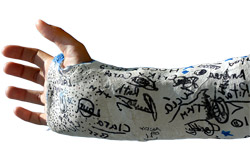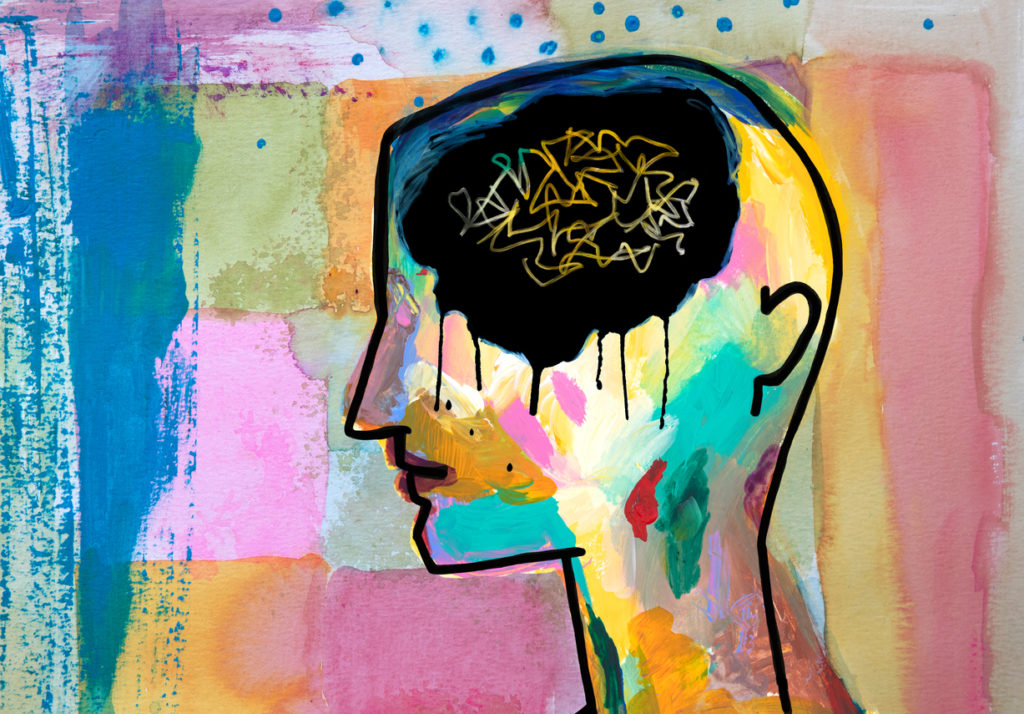More than half of Australian teenagers aren’t receiving their daily calcium requirements. Professor Weaver discusses health problems associated with calcium deficiency and strategies for improving nutrition.
 Calcium is the most important building block for bones. You need to build strong bones when you are young to protect against fracture later in life. Calcium is the nutrient most likely to be deficient in your diet for good bone health. You build most of your adult bone during the pubertal growth spurt.
Calcium is the most important building block for bones. You need to build strong bones when you are young to protect against fracture later in life. Calcium is the nutrient most likely to be deficient in your diet for good bone health. You build most of your adult bone during the pubertal growth spurt.
After adolescence you have passed the window of opportunity to build bone. So then the best you can do is to prevent further loss. So it’s very important to have adequate nutrition and weight-bearing exercise during adolescence.
I’ve looked at data from 20 different countries around the world, and among the lowest calcium intake relative to the requirements are Australian children. Australian children from age nine and over need serious attention for increasing their calcium intake. If you think about a calcium-rich source with every meal, like a glass of milk or a cup of yoghurt, it’s not difficult to get enough calcium. But if at lunch and dinner you have a water, soda or juice instead of a calcium-rich beverage, then it can become very difficult to get enough calcium.
Some people think that you can eat vegetables that have calcium instead of dairy, but the quantities of calcium in vegetables are so low compared to dairy that you have to eat a ridiculous number of servings, so vegetables are really not a practical alternative to dairy.
If you don’t consume dairy, then you can find calcium-fortified foods. For example, there are calcium-fortified soy drinks or orange juice, but if you don’t have several servings of those during this adolescence period, then you need calcium supplements.
 Childhood fracture is doubling in recent years, as a direct consequence of inadequate calcium and low amounts of physical activity. Then later in life, if you didn’t consume dairy products as a child, your risk of hip fracture doubles.
Childhood fracture is doubling in recent years, as a direct consequence of inadequate calcium and low amounts of physical activity. Then later in life, if you didn’t consume dairy products as a child, your risk of hip fracture doubles.
So in primary school, the amounts of calcium you need is equivalent to three servings of dairy, like a glass of milk or a tub of yoghurt, and during that rapid growth in adolescence, add in one more.
Adolescent girls tend not to consume enough dairy products, partly because they’re worried about weight, but there is a large basis of literature now that shows adequate dairy consumption is not associated with weight gain. In fact, it is part of a diet to help protect against inadequate inappropriate weight gain.
Calcium is absorbed equally well regardless of the fat level in your milk or the flavourings, but if you’re concerned about your weight, you might want to choose the low fat and low sugar versions of dairy products.
So my advice to you is every meal think, “Am I getting a calcium-rich source? Have I had a cup of milk, a cup of yoghurt or a slice of cheese?” If not, you’d better be thinking about some calcium-fortified drinks or foods, or take a daily supplement.
More information
 |
For more information on dairy products, including dairy consumption for specific age groups and certain health conditions, as well as some useful tools, videos, recipes and factsheets, see Dairy. |
 |
For more information on nutrition, including information on types and composition of food, nutrition and people, conditions related to nutrition, and diets and recipes, as well as some useful videos and tools, see Nutrition. |
All content and media on the HealthEngine Blog is created and published online for informational purposes only. It is not intended to be a substitute for professional medical advice and should not be relied on as health or personal advice. Always seek the guidance of your doctor or other qualified health professional with any questions you may have regarding your health or a medical condition. Never disregard the advice of a medical professional, or delay in seeking it because of something you have read on this Website. If you think you may have a medical emergency, call your doctor, go to the nearest hospital emergency department, or call the emergency services immediately.







